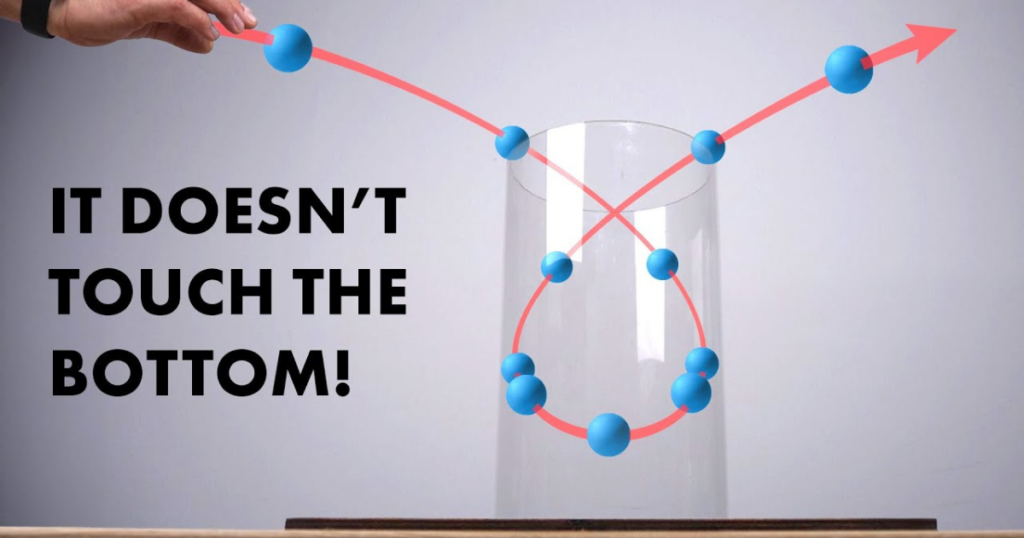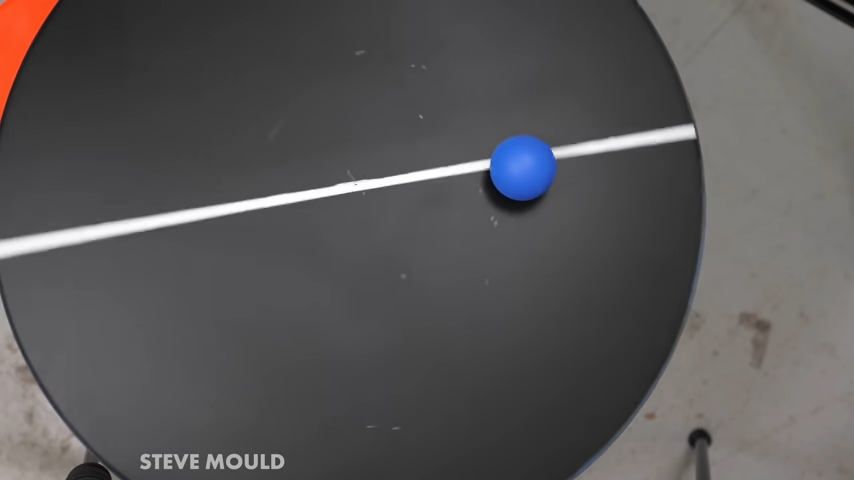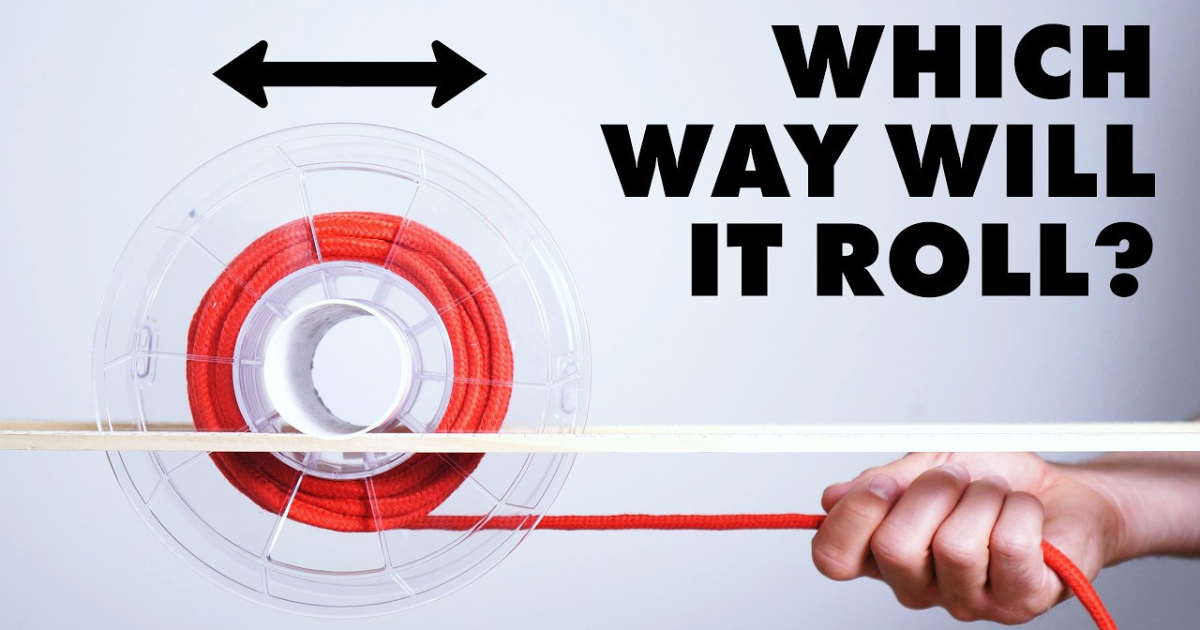
Have you ever seen a golfer putt a ball into the hole, only to watch it pop back out? This seemingly bizarre phenomenon can be explained by the fascinating interplay of physics, particularly the concepts of rotation, gravity, and moment of inertia.
This article delves into the science behind the “popping ball” experiment, exploring the key factors at play and the surprising outcome it produces.
The Experiment: Setting the Stage

The experiment involves tossing a ball into a cylinder at a specific speed and angle. Surprisingly, instead of simply rolling around the inside and exiting the other end, the ball bounces back in the opposite direction, defying our initial intuition.
The Intrigue: Unraveling the Mystery
The initial explanation proposed by the presenter involved the concept of centrifugal force, a fictitious force experienced in non-inertial reference frames. However, this explanation was deemed incomplete as it couldn’t fully account for the observed behavior.
Further exploration involved comparing the cylinder to a flattened, tilted surface. While the ball wouldn’t exhibit the popping behavior on the flat surface, it did provide valuable insights.
The Insight: Unveiling the Role of Rotation

Mathematical analysis revealed that the key to understanding the phenomenon lies in the ball’s rotation and its moment of inertia, which is a measure of its resistance to rotational changes. As the ball travels around the cylinder, its axis of rotation interacts with the wall, causing a precession effect. This precession, essentially a wobbling of the rotation, is what leads to the vertical oscillations and the eventual “popping” back out.
The Experiment Continues: Exploring Further
The investigation extended beyond solid balls. Squash balls, known for their high friction, were used to explore the impact of different object properties. The observed ratio of horizontal rotations to vertical oscillations for this hollow ball differed from the solid ball, supporting the connection between moment of inertia and the behavior.
Beyond the Experiment: The Quest for Intuition

While the mathematical analysis provided a clear explanation, the presenter acknowledged the desire for a more intuitive understanding. An attempt was made to explain the phenomenon using the gyroscopic effect, where an object resists changes to its axis of rotation. However, this explanation was deemed incomplete as it couldn’t fully explain the observed ratio of rotations to oscillations.
The Conclusion: A Work in Progress
The presenter acknowledged the limitations of the current explanations and encouraged viewers to contribute their insights. The complexity of the phenomenon lies in the intricate interplay between the ball’s rotation, the precession effect caused by the cylinder wall, and the object’s moment of inertia. The video concludes with an invitation for viewers to delve deeper into the mathematics or suggest alternative intuitive explanations for this captivating phenomenon.




